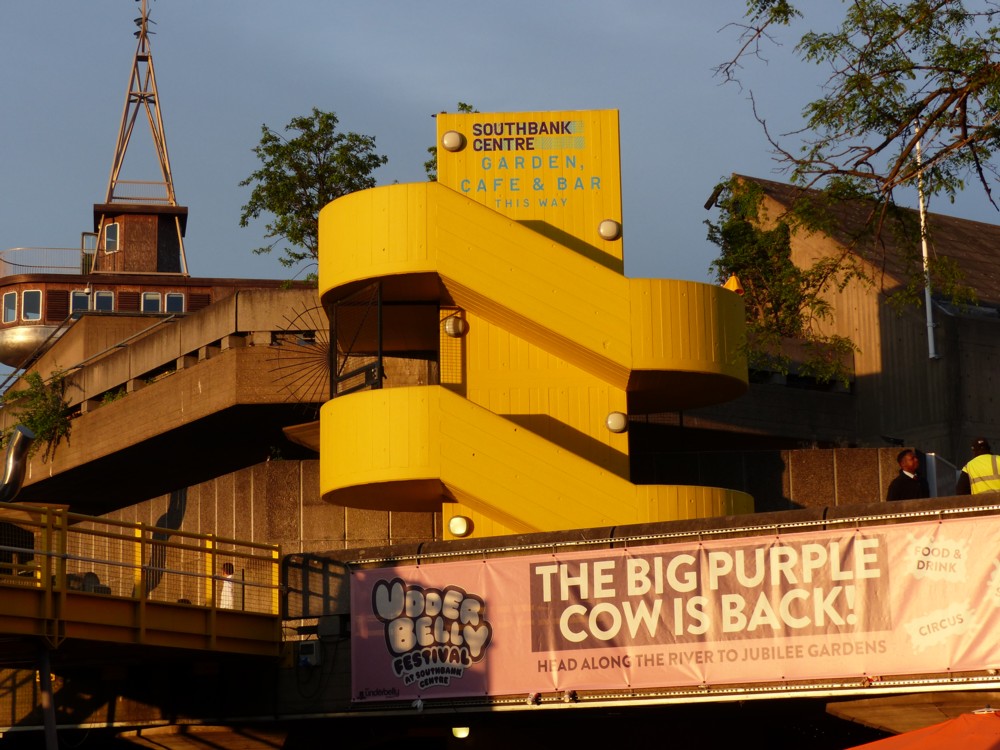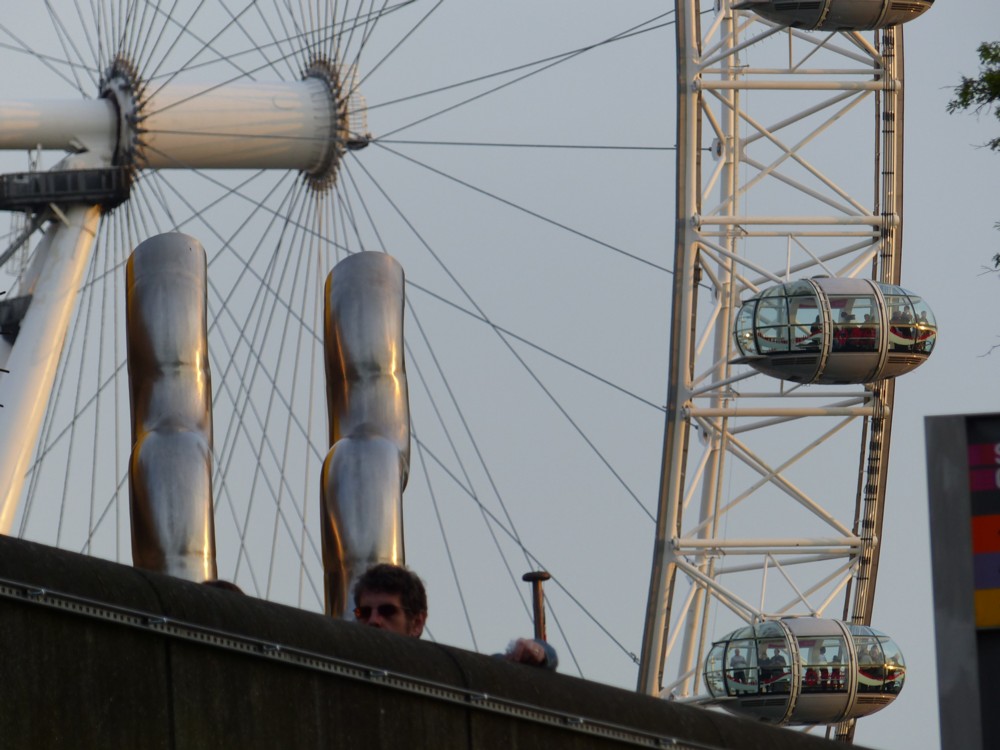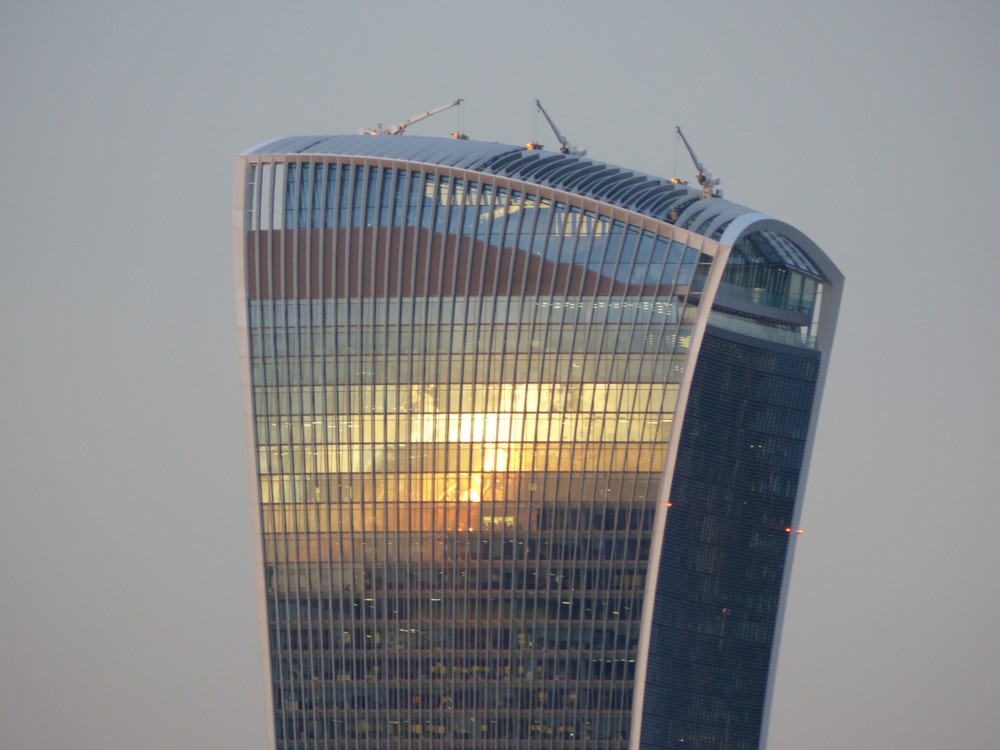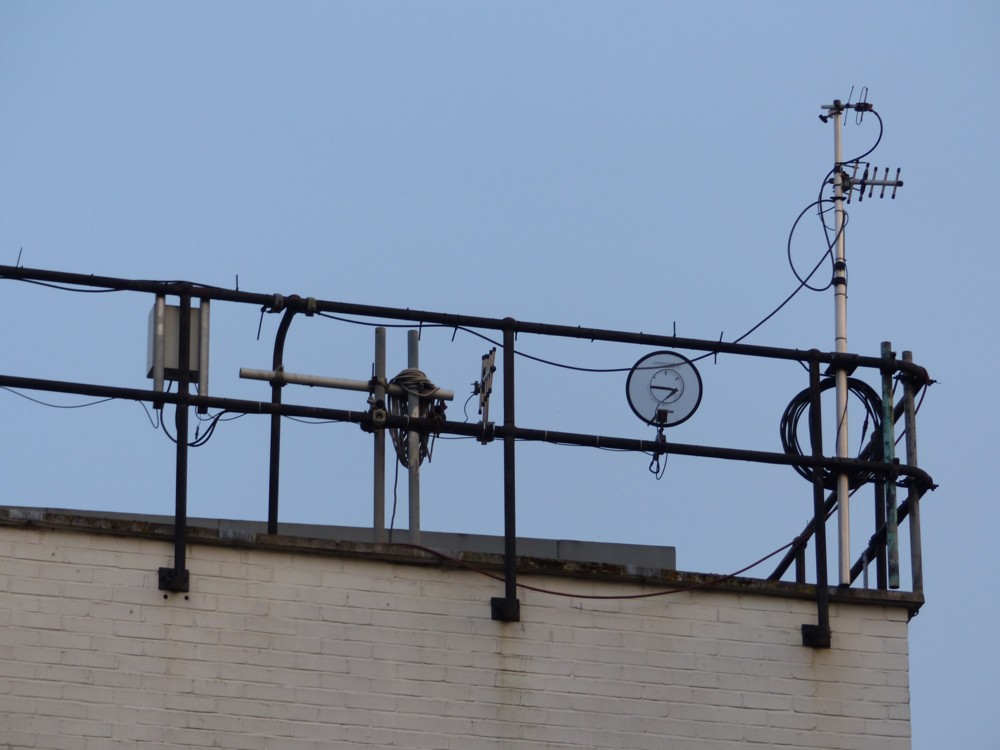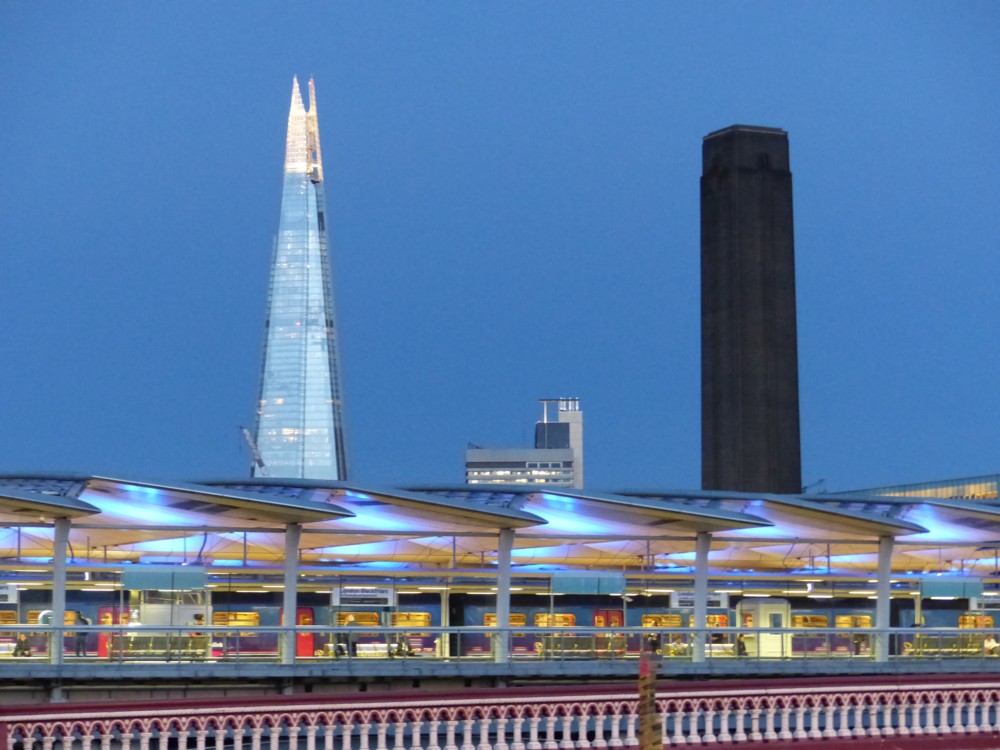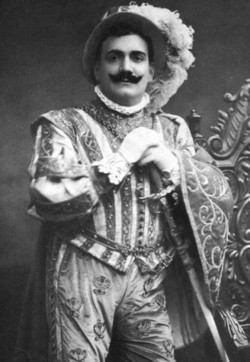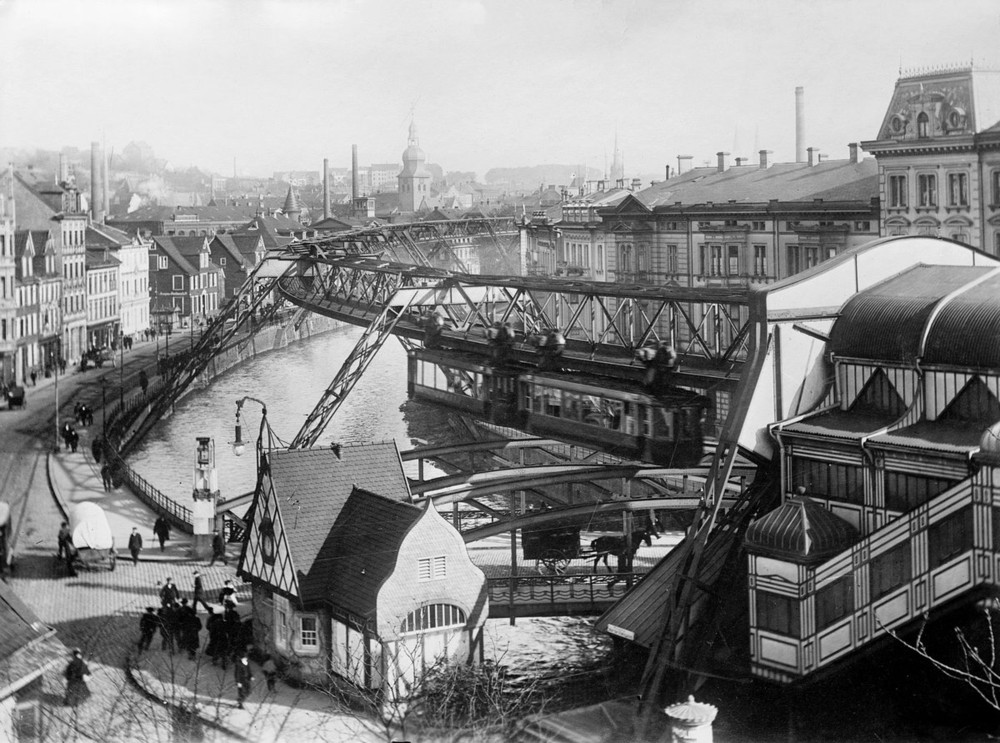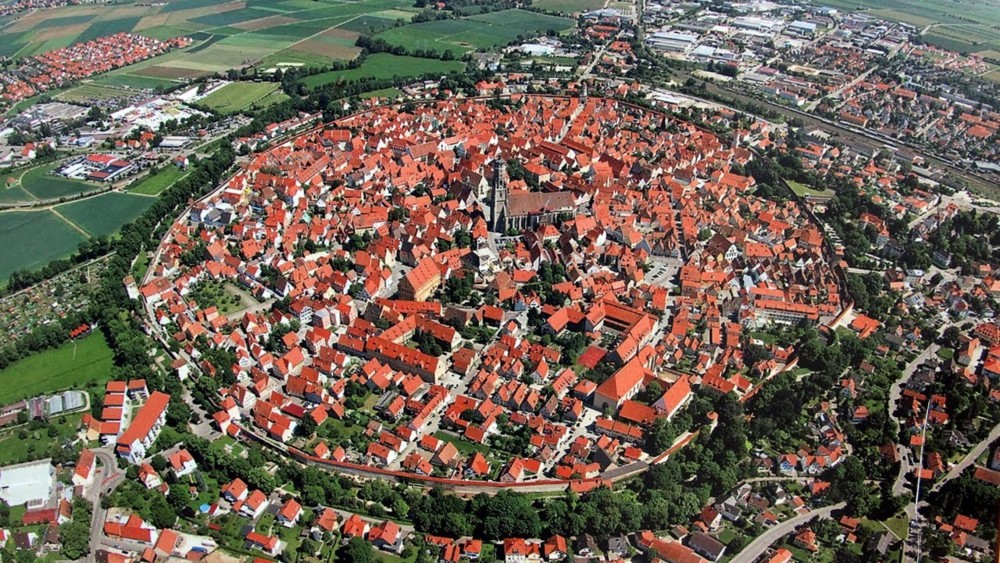What do you reckon on this?:

It’s a big Shipwreck Thing that some people are trying to build in Prague. My first reaction, when I first set eyes on the above fake photo last night, was horror. But now that I have had time to live with this notion, I find myself quite liking it, in fact liking it a lot. It’s supposedly something to do with the havoc that climate change will unleash upon the world, in the form of vertical ships getting wrecked up against big city Things. But despite all that hysterical nonsense, I now very much like the idea of this particular, as yet only fantasised, Thing.
I’ve actually been to Prague a couple of times, and Prague, architecturally, has a problem, which is that its centre is not so much a city centre, more like an outdoor museum. It’s wall-to-wall Architectural History. Try to add so much as a tiny office extension and you are violating History itself.
World War 2 bombing and Communism have in common that, in addition to killing lots of innocent people, they often either totally flattened great swathes of historic architecture, or they left great swathes of historic architecture totally unscathed. Maybe a bit the worse for wear, drab, falling apart, seriously in need of a torrent of paint. But basically, some ancient European architectural wonderlands have managed to survive these twin scourges of mid-twentieth century Europe utterly unscathed. World War 2 bombing flattened the cities of Germany, and scattered destruction upon London, especially in the vicinity of the London docks. But it never laid a finger on Paris. Or, Prague. And although Communism did terrible things to all the poor bastards trying to live in Prague, Communism left the mere buildings of Prague untouched, as if in a time warp. Just because Communism wrecks the economy, it can sometimes then unleash zero in the way of economic development, which translated into architecture means: Nothing. Nothing built. Nothing destroyed to make way for anything built, because nothing is built. Weird but true. Hence: The centre of the City of Prague.
Or some cretin like Ceausescu would send in the bulldozers and destroy the place completely. But, with Communism, those are the chances you take.
But, as I say, the buildings in the middle of Prague survived the twentieth century totally. but meanwhile, the architectural outskirts of Prague got done over by Communism at its crassest. Concrete block after concrete block. You could be anywhere, and wherever you were, although it may have been your home and therefore nice for other reasons, but looked at in an unbiased way it was bloody horrible. I’m guessing it is still pretty dreary.
So, what’s to be done, in a place like Prague, short of someone hiring a gang of terrorists to scatter quite a few bombs around the place but not too many? Well, a logical answer is to leave the centre of Prague untouched, obviously, but also to do some very extreme architectural Things in the boring Communist hinterland, outside the centre. (Like La Défense in Paris, only more so.) And that would appear to be the idea of this scheme. Will many people consider it extremely ugly? Undoubtedly. But all must now agree that what would have happened instead would merely have been extremely boring.
“The project under preparation will be outside the protected zone of the urban conservation area and outside the area prohibiting high-rise buildings,” explained Trigema.
“At the same time, it is located far enough away from the Prague, so that it will not be visible from the vast majority of places in the centre of the metropolis and will not disturb the historical city skyline.”
There you go. I am totally for it. The fact that it is so totally bonkers is all part of why I am so totally for it. If anything, it sounds like it may be disappointingly far from the centre of the City, but it’s a good start.
At first, I thought they were going to erect a real shipwreck. But actually, if they do build it, the actual shipwreck bit will be a cunningly post-modernistical sculpture that merely looks like a shipwreck and which will actually be tremendous fun for tourists to wander about in and photo. Call it the Bilbao effect. Remember, when Frank Gehry first proposed that amazing Bilbao Thing, nobody had ever done anything like this before. The horror of typical first reactions was all part of why it became such a huge success.
So I say to Prague: Build this shipwreck!
I especially like how they want greenery to grow up from the top of the boring bit below, in and among the shipwreck. Nice touch.




